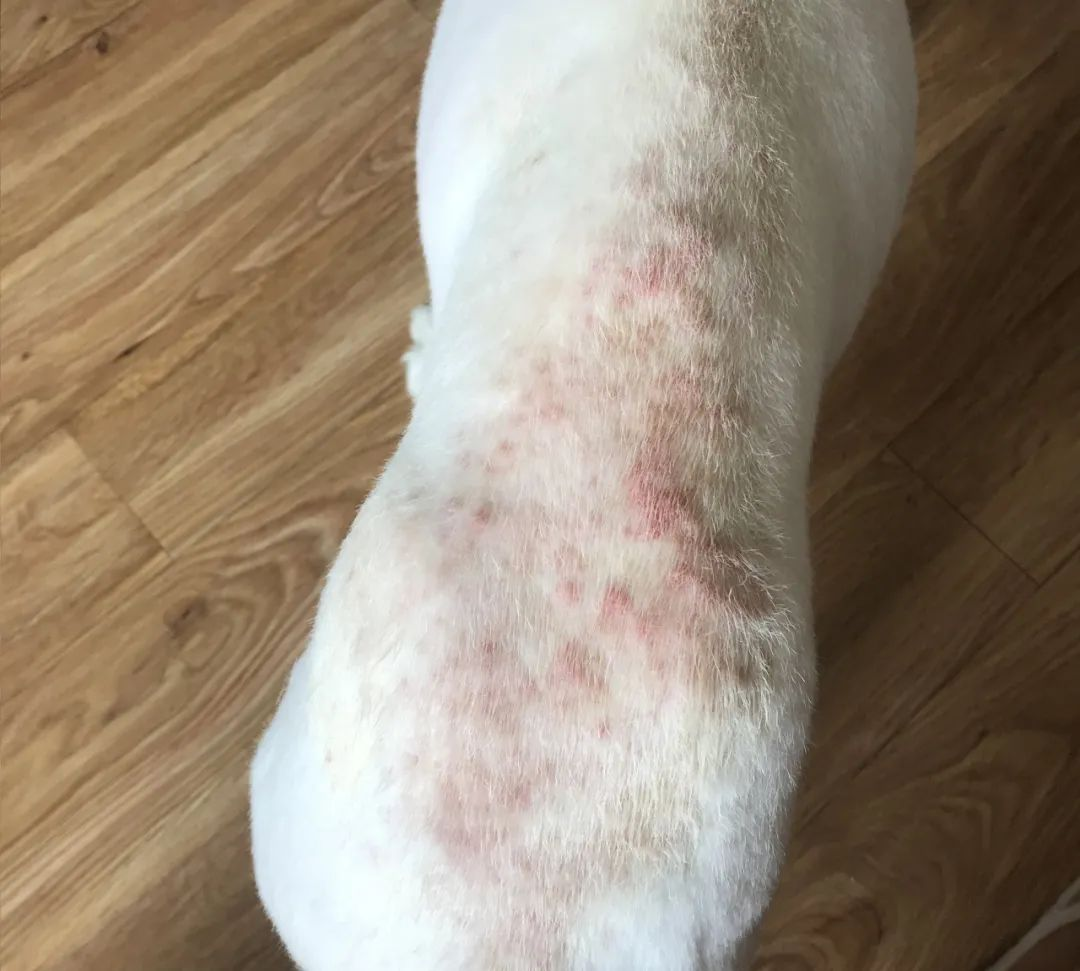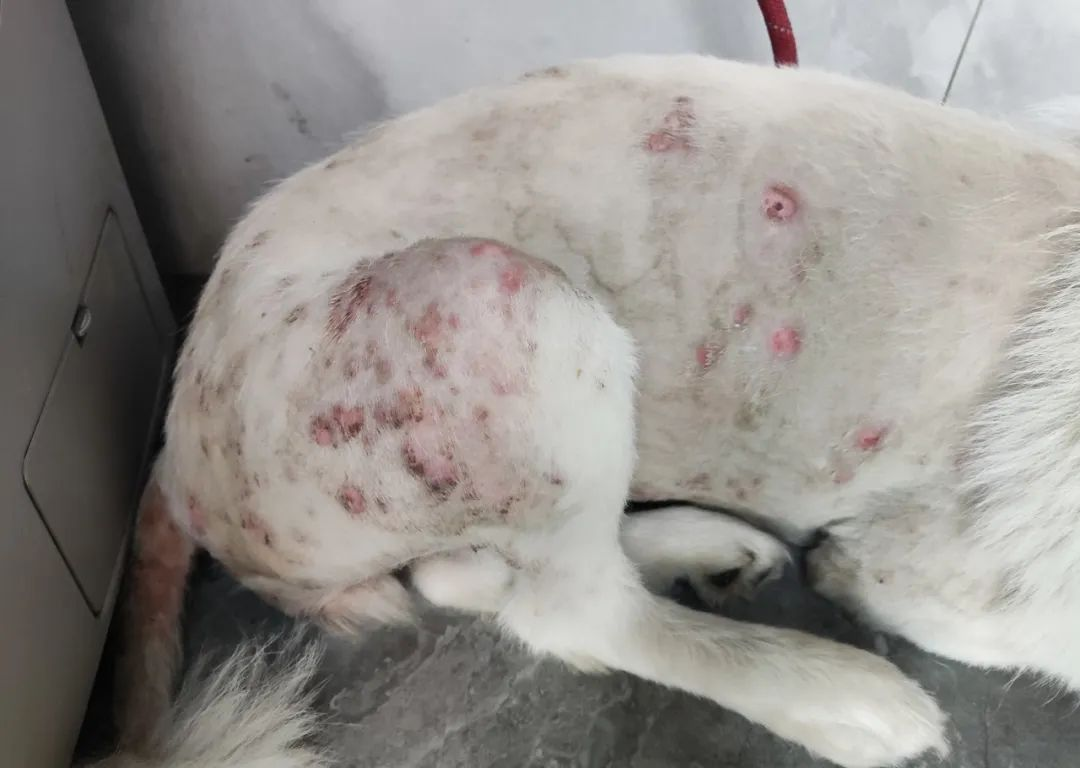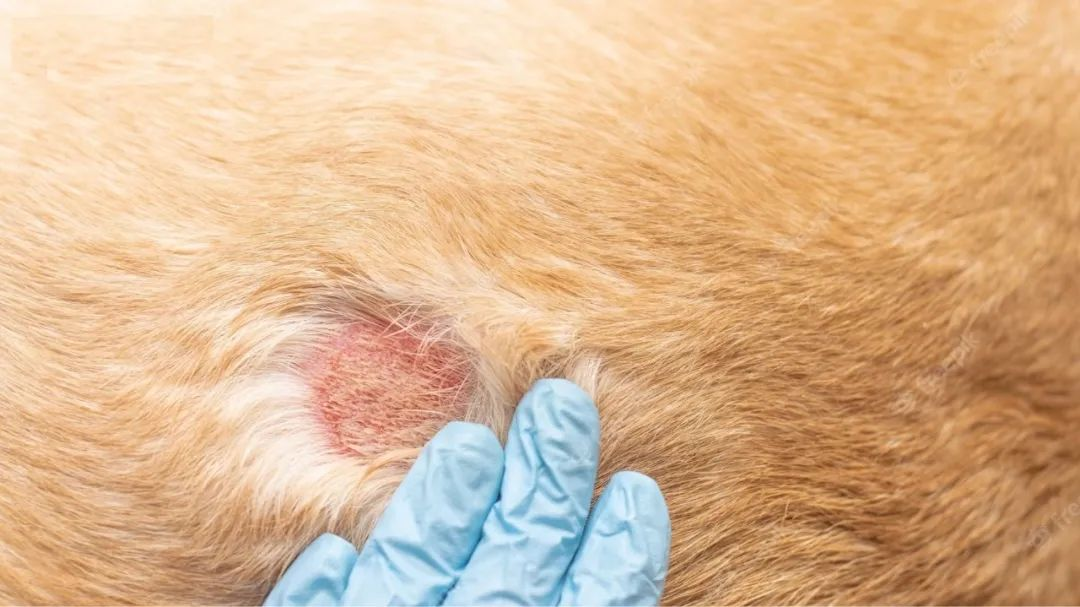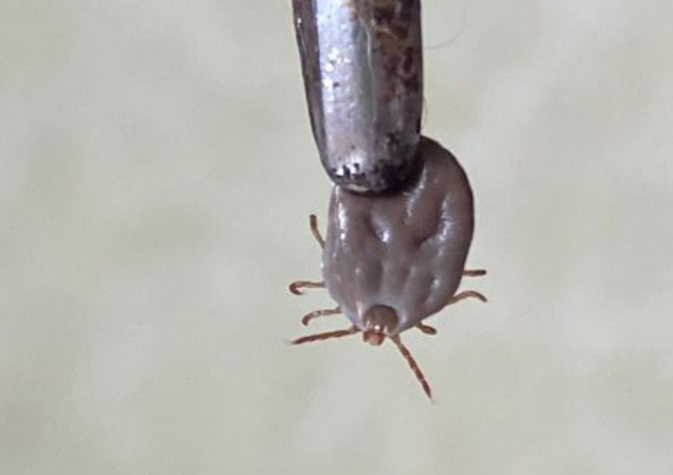How many types of pet skin diseases are there?
Is there a universal remedy?
ONE
I often see pet owners shooting cat and dog skin diseases on certain software to ask how to treat them. After reviewing the content in detail, I found that most of them had undergone incorrect medication before, leading to the deterioration of the originally simple skin disease. I found a big problem, 99% of it depends on the pet owner asking how to treat it? But I rarely ask people what skin disease it is? This is a very bad habit. How can a disease be treated without understanding what it is? I saw some “divine medicines” online, which treat almost all skin diseases. It’s like taking one medicine can treat colds, gastritis, fractures, and heart disease. Do you really believe in such drugs?
There are indeed many types of skin diseases and various treatment methods, but diagnosis is even more difficult than treatment. The difficulty in diagnosing skin diseases is that there is no accurate laboratory test to fully diagnose them. The more common approach is not skin testing, but to narrow down the possible range through visual observation. Skin testing is usually viewed through a microscope, which is subject to sampling location, doctor’s skills, and luck. Therefore, there may be many changes, and most hospitals do not even recognize the results of tests conducted by other hospitals. This is enough to indicate how high the misdiagnosis rate may be. The most common microscopic examination result is coccal bacteria, but these bacteria are usually present on us and in the surrounding environment. After most skin diseases are damaged, the parts will accelerate the proliferation of these bacteria, which does not prove that they are bacterial infections of skin diseases.
Many pet owners and even doctors intentionally or unintentionally overlook the appearance of skin diseases. In addition to the similarity in appearance of some skin diseases, the main reason is still lack of experience. The appearance differentiation of skin diseases is actually very large, which can be roughly divided into: red, white, or black? Is it a big bag or a small bag? Are there many bags or one bag? Is the skin bulging, swollen, or flat? Is the surface of the skin red or normal flesh color? Is the surface cracked or the skin intact? Is the surface of the skin secreting mucus or bleeding, or is it similar to healthy skin? Is hair removed? Is it itching? Is it painful? Where does it grow? How long is the growth cycle of a diseased area? Different appearance changes in different cycles? When pet owners fill out all the above information, they can narrow down the range of hundreds of skin diseases to a few.
TWO
1: Bacterial skin disease. Bacterial skin disease is the most common type of skin disease and a subsequent occurrence of various skin diseases, such as parasites, allergies, immune skin diseases, and fungal infections, which can lead to bacterial invasion of wounds and subsequent bacterial skin diseases. Mainly caused by bacterial proliferation in the skin, superficial pyoderma is caused by bacterial invasion of the epidermis, hair follicles, and sweat glands, while deep pyoderma is caused by bacterial invasion of the dermis, mainly caused by Staphylococcus infection, and there are also a few pyogenic bacteria.
Bacterial skin diseases generally include: traumatic pyoderma, superficial pyoderma, pustulosis, deep pyoderma, keratitis, skin wrinkles, interdigital pyoderma, mucosal pyoderma, subcutaneous pyoderma. Most of the skin is red, broken, bleeding, purulent, and depilated, with minimal swelling, and a small portion may have papules.
2: Fungal skin disease. Fungal skin diseases are also the most common skin diseases, mainly including two types: dermatophytes and Malassezia. The former is caused by fungal hyphae in hair, skin, and stratum corneum infections, and also includes Microsporium and Trichophyton. Malassezia infection can directly damage hair follicles, causing damage, scabbing, and severe itching. In addition to the two common superficial infections mentioned above, there is also a deep fungal infection called Cryptococcus, which can damage pets’ skin, lungs, digestive tract, etc., as well as Candida that invades the skin, mucosa, heart, lungs, and kidneys.
Most fungal skin diseases are zoonotic diseases, including malassezia, candidiasis, dermatophytosis, coenzyme disease, cryptococcosis, sporotrichosis, etc. Most of the skin is depilated, red or not red, broken or not broken, itchy or non itchy, mostly without swelling or bleeding, and a few severe cases may ulcerate.
THREE
3: Parasitic skin diseases. Parasitic skin diseases are very common and easy to treat, mainly due to pet owners not performing extracorporeal deworming prevention on time. They are transmitted through outdoor activities and contact with other animals, grass, and trees. Extracorporeal parasites basically suck blood on the surface of the skin, causing anemia and emaciation.
Parasitic skin diseases are also zoonotic diseases, mainly including ticks, demodex mites, ostracodes, ear mites, lice, fleas, mosquitoes, stable flies. Most parasitic infections can clearly show insects or their excrement, with severe itching and swelling
4: Dermatitis, endocrine skin diseases, immune system skin diseases. This kind of disease is rare for each individual disease, but the total incidence rate is not low when put together. The first three diseases are mainly caused by external causes, and these diseases are basically caused by internal causes, so it is relatively difficult to treat them. Dermatitis is mostly caused by allergies, such as eczema, environmental stimuli, food stimuli, and parasitic stimuli that cause skin allergies and immune system manifestations. Endocrine and immune system diseases are both internal diseases that are difficult to treat, and most cannot be completely eradicated. They can only be controlled through medication. Although laboratory tests are not difficult, they are expensive, with single tests often costing over 800 to 1000 yuan.
Dermatitis, endocrine, and immune system skin diseases are not contagious and are all internal to the pet’s body, mainly including allergic dermatitis, bite dermatitis, contact dermatitis, atopic dermatitis, eczema, pemphigus, granulomas, thyroid skin diseases, and adrenaline skin diseases. The symptoms are various, most of which include hair loss, red envelopes, ulceration, and itching.
In addition to the four common skin diseases mentioned above, there are relatively few pigmented skin diseases, congenital inherited skin diseases, viral skin diseases, keratinized sebaceous gland skin diseases, and various skin tumors. Do you think it is possible to treat so many different types of skin diseases with one medication? Some companies mix various drugs indiscriminately in order to make money, and then advertise that they can all be treated, but most of the results are ineffective. Some of the treatment drugs mentioned above are even conflicting, which may lead to the disease becoming more severe. So when a pet has suspected skin diseases, the first question is what kind of disease is it? Instead of how to treat it?
Post time: Nov-20-2023






